In the heart of La Paz, Bolivia, nestled between colonial-era buildings and bustling streets, lies the infamous Witches' Market (Mercado de las Brujas). Here, amid the scent of dried herbs and the murmur of Aymara incantations, one finds a practice both ancient and unsettling to outsiders: the ritual use of llama fetuses. These dried, often mummified remains are central to Andean spiritual traditions, bridging the gap between the physical and the unseen world.
The market itself is a labyrinth of stalls, where yatiris (traditional healers) and brujas (witches) sell charms, potions, and talismans. But it’s the llama fetuses, hung like macabre ornaments or tucked into woven cloth, that draw the most curiosity. To the Aymara people, these are not mere curiosities but sacred objects, offerings to Pachamama (Mother Earth) for protection, prosperity, or blessings. Buried under the foundations of new homes or burned in ceremonial fires, they are believed to ward off misfortune and appease the spirits of the land.
The origins of this tradition are shrouded in the mist of pre-Columbian history. Long before the Spanish conquest, the Andean people practiced rituals involving animal sacrifices. The llama, a beast of burden and a source of wool and meat, held spiritual significance. Its fetus, considered pure and untainted, became a vessel for communication with the divine. Colonial attempts to stamp out "pagan" customs only drove the practice underground, where it survived, adapting to Catholicism’s veneer—today’s rituals often invoke both Pachamama and the Christian God.
Modern Bolivia is a tapestry of contradictions. In cities like La Paz, smartphones and shamanic rituals coexist. Tourists snap photos of the Witches' Market, while locals haggle over the price of a mesa blanca (a ritual offering table). Yet the trade in llama fetuses has sparked ethical debates. Animal rights groups condemn the practice, though vendors insist the fetuses are sourced from natural miscarriages—a claim difficult to verify. For the Aymara, the controversy reflects a deeper tension: the clash between indigenous cosmology and Western notions of morality.
To understand the llama fetus’s role, one must grasp Andean spirituality’s core: reciprocity. The universe, in this worldview, operates on a system of exchanges. A gift to Pachamama—be it coca leaves, alcohol, or a fetus—invites her favor. Construction projects, for instance, often begin with a ch’alla, a blessing ceremony where a llama fetus is buried to ensure the building’s safety. To outsiders, it may seem superstitious; to the Aymara, it’s as logical as an architect consulting blueprints.
The Witches' Market is more than a tourist oddity. It’s a living museum of resilience, where ancient beliefs stubbornly thrive in a globalized world. The llama fetuses, grotesque to some, are symbols of a culture that refuses to let its traditions die. As Bolivia grapples with modernization, the market stands as a reminder: progress need not erase the past. Here, witchcraft isn’t a relic but a daily act of survival, a whispered conversation with the spirits of the Andes.
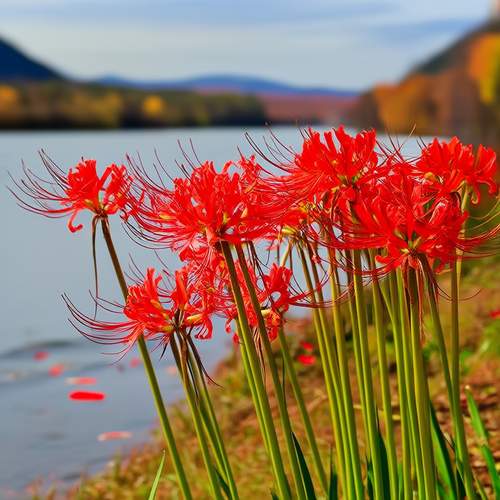
By /May 21, 2025
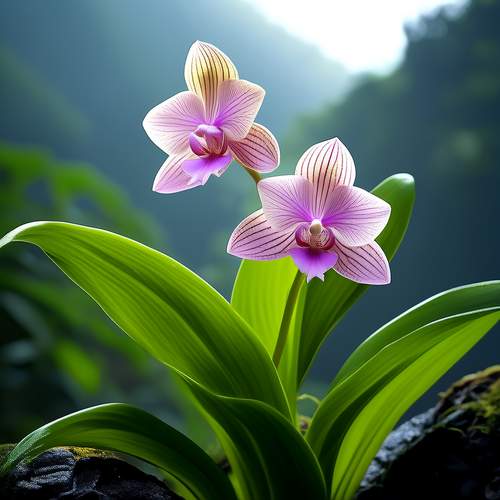
By /May 21, 2025
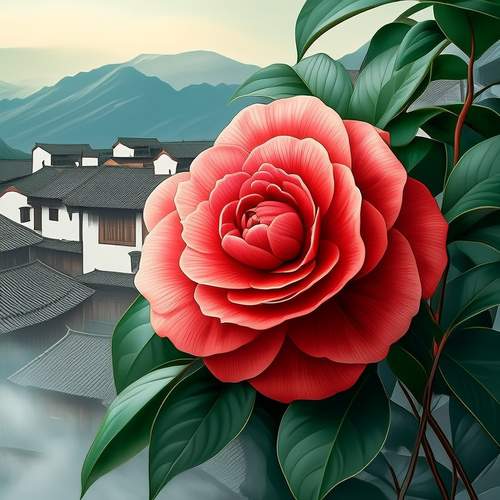
By /May 21, 2025

By Benjamin Evans/May 20, 2025
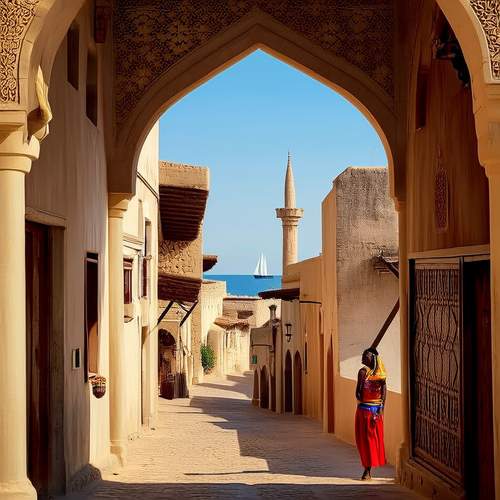
By /May 11, 2025

By /May 11, 2025
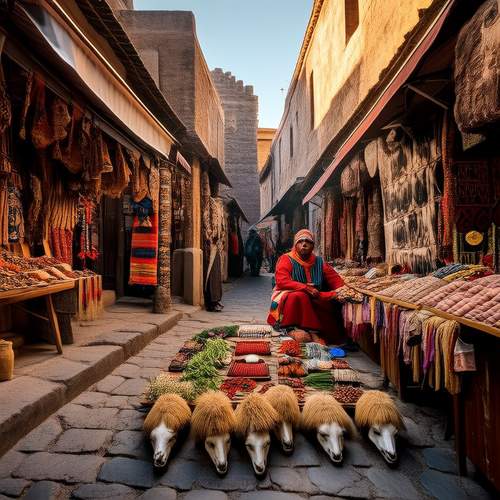
By /May 11, 2025

By /May 11, 2025
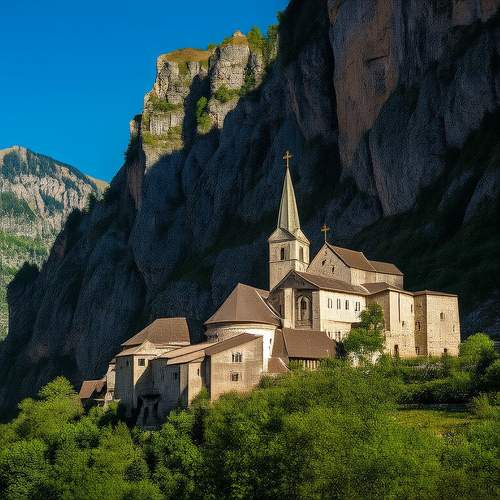
By /May 11, 2025

By /May 11, 2025
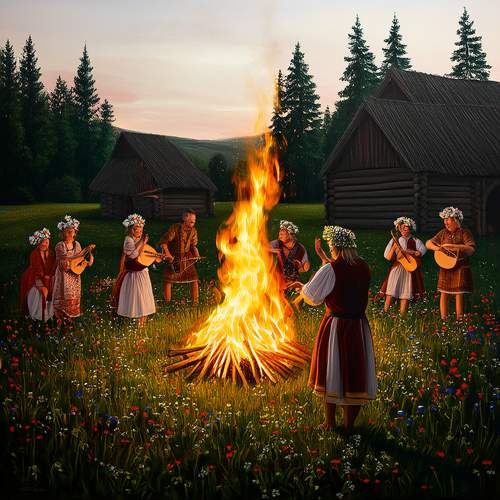
By /May 11, 2025
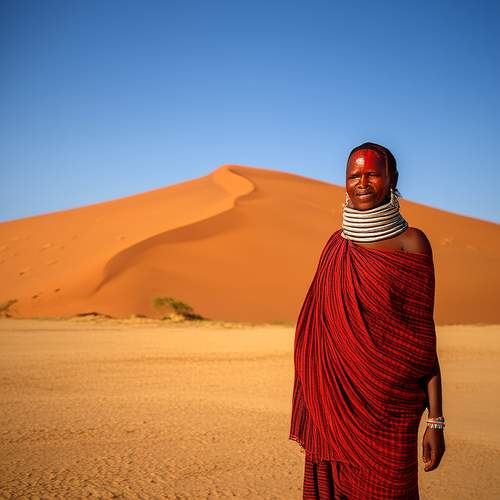
By /May 11, 2025
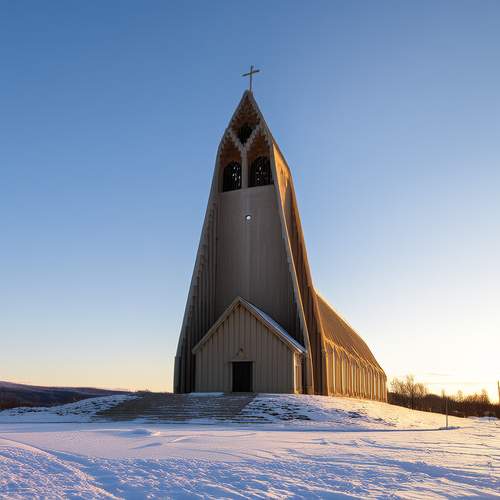
By /May 11, 2025

By /May 11, 2025
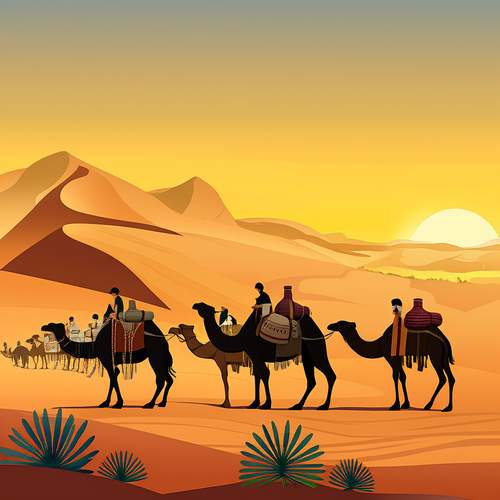
By /May 11, 2025
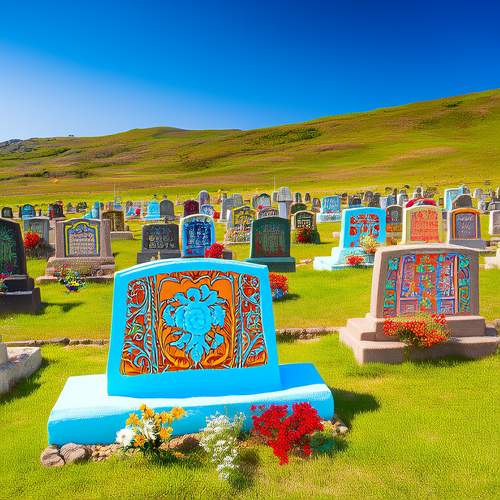
By /May 11, 2025
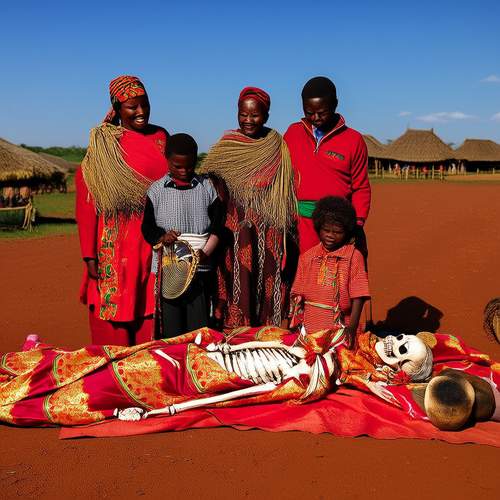
By /May 11, 2025

By /May 11, 2025
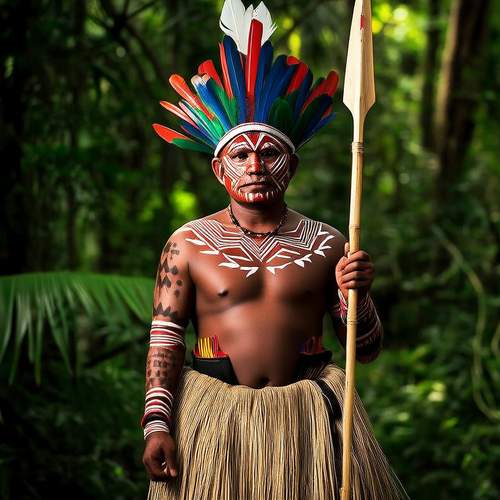
By /May 11, 2025
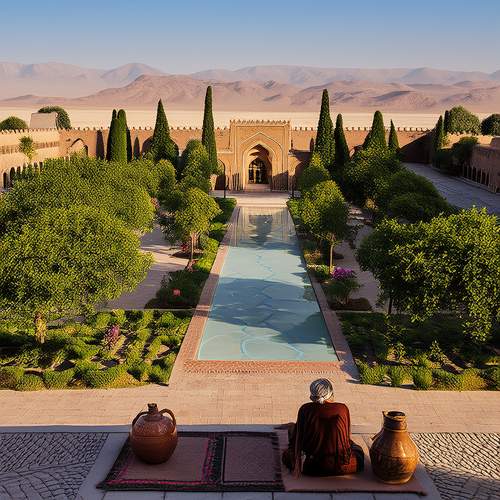
By /May 11, 2025